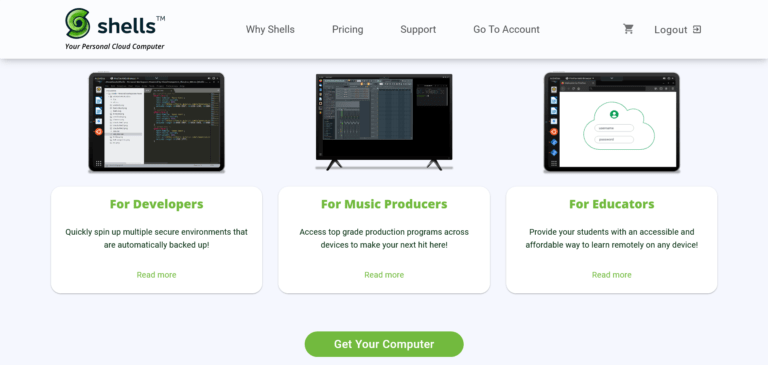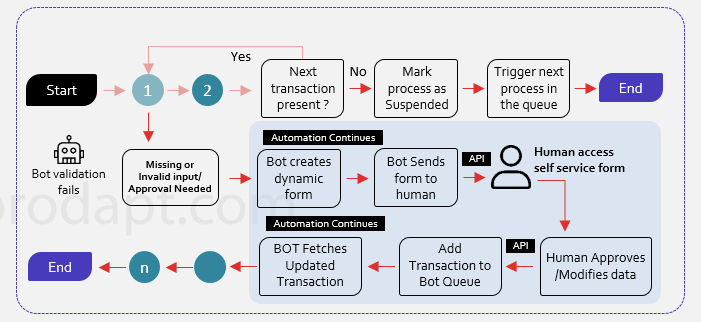In other posts on this site, I’ve talked about both infrastructure-as-code (see my posts on Terraform or my posts on Pulumi) and somewhat separately I’ve talked about Cluster API (see my posts on Cluster API). And while I’ve discussed the idea of using existing AWS infrastructure with Cluster API, in this post I wanted to try to think about how these two technologies play together, and provide some considerations for using them together.
I’ll focus here on AWS as the cloud provider/platform, but many of these considerations would also apply—in concept, at least—to other providers/platforms.
In no particular order, here are some considerations for using infrastructure-as-code and Cluster API (CAPI)—specifically, the Cluster API Provider for AWS (CAPA)—together:
- If you’re going to need the CAPA workload clusters to have access to other AWS resources, like applications running on EC2 instances or managed services like RDS, you’ll need to use the
additionalSecurityGroupsfunctionality, as I described in this blog post. - The AWS cloud provider requires certain tags to be assigned to resources (see this post for more details), and CAPI automatically provisions new workload clusters with the AWS cloud provider when running on AWS. Thus, you’ll want to make sure that the IaC tool you’re using is assigning the correct tags on the AWS resources.
- Continuing on the tag theme, you’ll also need to make sure that the tags match the cluster name assigned in the workload cluster YAML manifest. So, for example, if your workload cluster YAML manifest defines a cluster name of “blue”, the AWS tag must be
kubernetes.io/cluster/blue. Otherwise, the AWS cloud provider won’t function correctly. - When it comes to bastion hosts, both CAPA and your IaC tool of choice can create them. You’ll probably want to have them handled by the IaC tool (presumably you have other AWS resources you’re managing to which you may also need access), in which case the first bullet point above—about using the
additionalSecurityGroupsfunctionality to enable access to other AWS resources—applies. - CAPA will need access to information about the infrastructure it is consuming. Per the upstream docs, CAPA needs the VPC ID and the IDs of all the subnets. Ideally, you’ll want some sort of automated (or relatively automated) means of getting this information out of your IaC solution and into CAPA. For a few ideas of how this might be done with Pulumi, check out this repository that I created to accompany my Cloud Engineering Summit session.
- Keep in mind that using IaC to manage infrastructure but using CAPI/CAPA to manage your Kubernetes clusters creates a “split management” scenario. One potential benefit to CAPI/CAPA is that it can handle the lifecycle of both Kubernetes clusters and the underlying infrastructure. Leveraging IaC with CAPI/CAPA means giving up that potential benefit. On the flip side, using IaC for infrastructure may provide greater flexibility and more options for customization. As with so many things in technology, making this decision is all about weighing the trade-offs.
No doubt there are more considerations worth discussing, but this short list should get you started. Feel free to contact me on Twitter or find me on the Kubernetes Slack if you’re interested in talking more about this topic.
![]()







